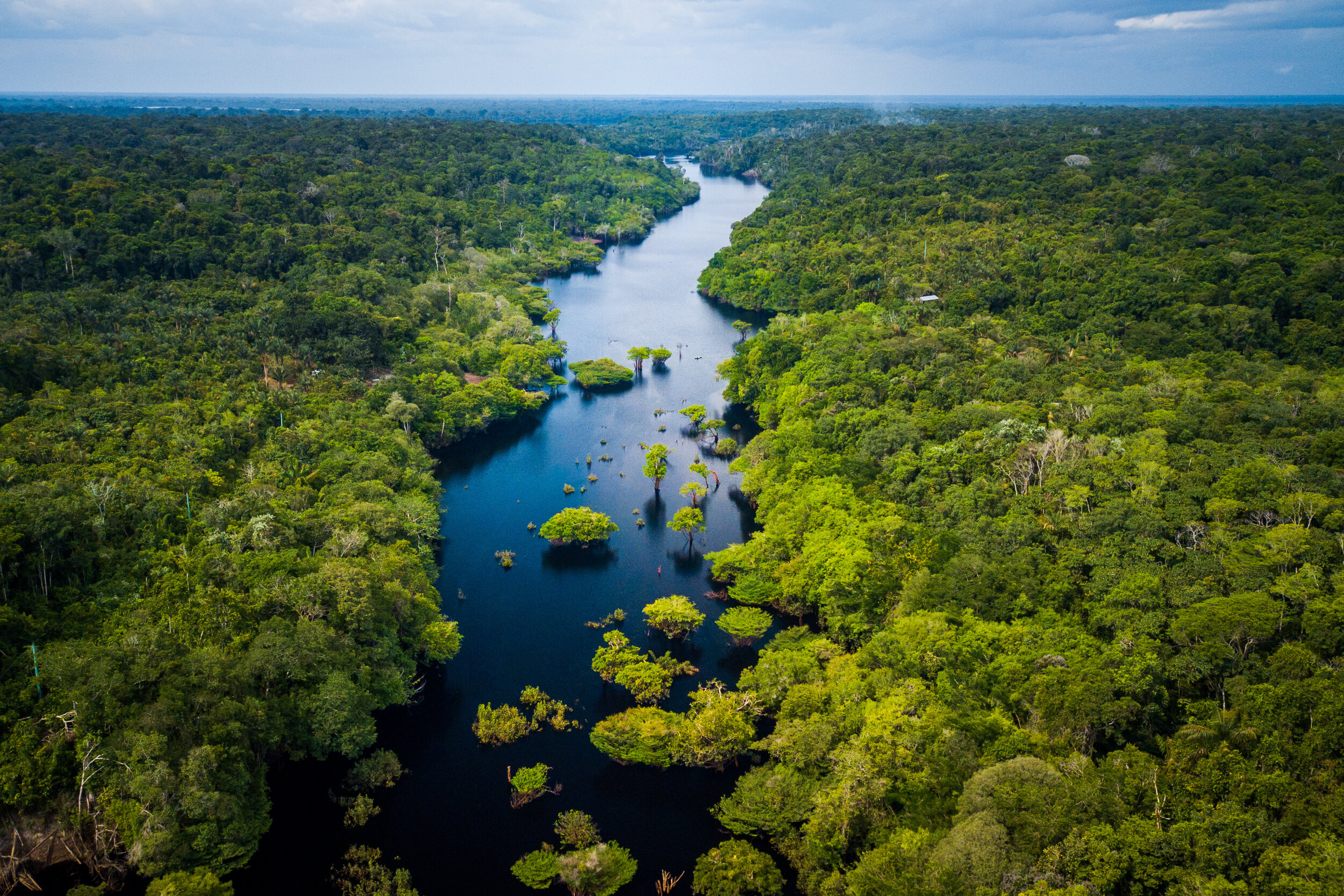
Where We Work
South America is responsible for much of the world's soy production, and Brazil recently became the largest producer in this sector. A large part of the output comes from three important biomes – the Cerrado, Gran Chaco and the Amazon – each of them very important for maintaining the planet's biodiversity and climate balance.
Aligning the production of one of the world's major commodities with global demands for environmental preservation and restoration is one of agriculture's great challenges in the 21st century. At the Land Innovation Fund, we will work with strategic partners in Argentina, Bolivia, Brazil, Paraguay, Uruguay, and internationally to pursue innovative solutions for sustainable, deforestation-free agriculture.
Cerrado
2 million km2 total area
GRAN CHACO
850,000 km2 total area
AMAZON
4 million km2 total area, in Brazil alone



